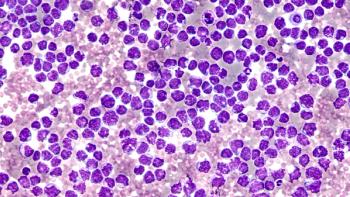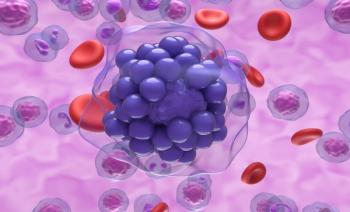
Mammography Device Approved by FDA Gives Patients Control Over Pressure Levels
The FDA has approved the first 2D digital mammography system that lets patients adjust the level of compression applied to their breast during the imaging procedure.
The FDA has approved the first 2D digital mammography system that lets patients adjust the level of compression applied to their breast during the imaging procedure.
Mammograms are a key tool in detecting breast cancer, but some women report discomfort with the procedure as it requires the breast to be compressed in order to capture a 2D x-ray image. However, the new device could potentially expand uptake of mammograms by empowering patients and making the experience more comfortable.
According
The Self-Compression device differs from the original machine by including a wireless remote control held by the patient that can adjust the force of compression. After the technologist positions the patient’s breast, the patient is asked to use the remote control to gradually increase the level of compression to a point she finds tolerable. The technician then checks whether the compression is sufficient to achieve a clear image, and can adjust it if necessary.
Trials conducted as part of the premarket approval process confirmed that allowing patients to control compression via the new device’s remote did not worsen image quality compared with the predicate device. It also did not lengthen the average time of the mammogram compared with exams done with the technician applying compression. The finding that the new device was at least as safe and effective as the approved device contributed to the FDA’s decision to grant premarket clearance to GE for the Senographe Pristina with Self-Compression.
“Regular mammograms are an important tool in detecting breast cancer. However, some patients may experience anxiety or stress about the discomfort from the compression during the mammogram,” said Alberto Gutierrez, PhD, director of the Office of In Vitro Diagnostics and Radiological Health at the FDA’s Center for Devices and Radiological Health, in the announcement. “This device allows patients some control over the amount of compression for their exam.”
This sense of control, along with lessened pain and discomfort, could have significant implications for changing women’s perceptions of mammography and their willingness to undergo the screening procedure. A
Newsletter
Stay ahead of policy, cost, and value—subscribe to AJMC for expert insights at the intersection of clinical care and health economics.













































